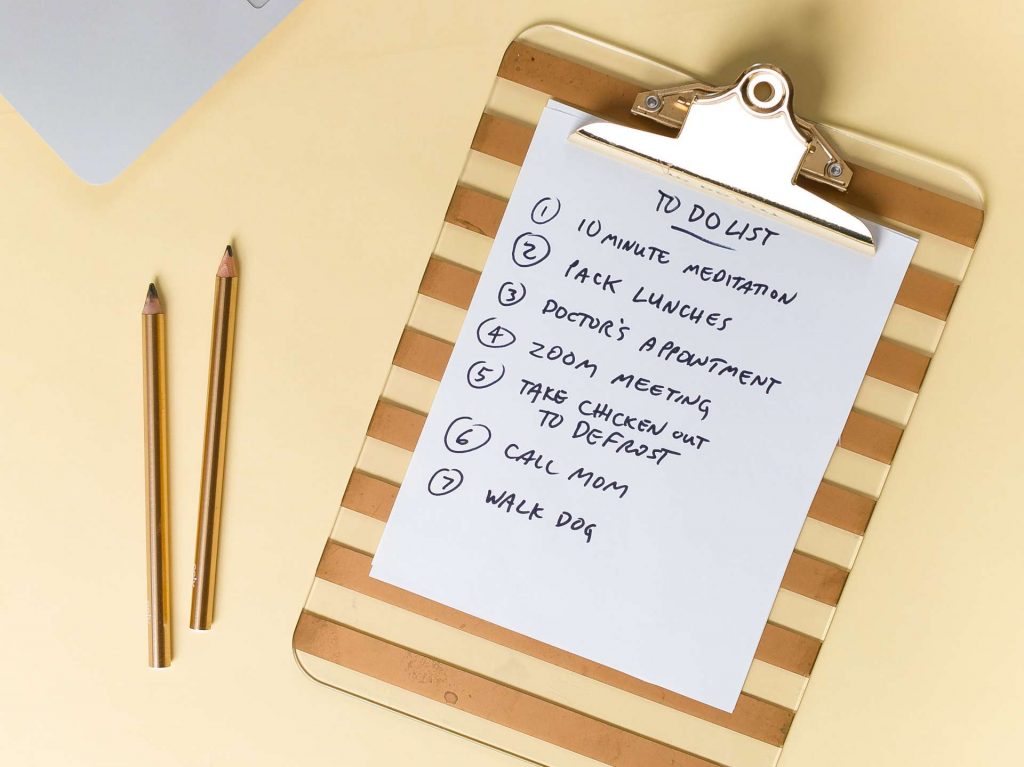Odds are if you’re reading this article, you’ve experienced student burnout. Probably right now. But how did you get to this point?
It probably started much earlier in the semester – before you even realized it. Some common signs are feeling high levels of stress or anxiety, constantly being on edge, not getting enough sleep/feeling fatigued, lacking inspiration on projects, or having unusual outbursts of anger. Be on the lookout for these signs so you can put yourself in check and take a step back before you become too overwhelmed.
What’s next? You’ve recognized that you’re experiencing student burnout and are unsure of what steps to take. Consider trying to…
Say NO
Please believe me when I say you don’t need to sign-up for every event being held by your club/organization or let it consume all of your free time. Even if you are interested in running for an executive position and want to make yourself stand out. Rather than going to every single thing, it is more important to make a strong impression at the events you do attend. So rest, take a few nights off, and when you do go, you’ll be able to give it your 100%.
Build a Routine
Start by creating a list of small and achievable goals every day. For example, studying 20 minutes before you eat lunch. This will help you get into the habit of preparing for your large exams, without making you feel too overwhelmed. Building a routine is as simple as creating easily attainable objectives. It doesn’t need to be a perfect time blocked schedule on Google Calendar (if that’s what works for you though, then all the power to you!).
One of my favorite ways to build a habit and form my routine is through the App Habit Tracker. It allows you to set daily goals and visualize how often you achieve them. It also rewards you with virtual confetti for completing everything at the end of the day and recognizes you for maintaining a streak of accomplishments.

Set Boundaries
Dedicate a part of the week or specific hour of the day that is only for you. Don’t attend meetings, clubs, or anything else during this time. Treat it the same way as you would a job or class and don’t let other things encroach on that time. It may help if you block out your calendar with this dedicated time as a reminder to yourself and everyone else.
While it may feel selfish to tell people you are busy during this allocated time, your mental health is equally as important as all those other things going on in your life. And in the long run, setting these boundaries will pay off for yourself and those around you.
Walk 4 Miles
Before you roll your eyes and scroll to the next bullet, let me explain. For me, walking 4 miles a day is how I combine my “me time” with my daily exercise objectives. However, for you, this may look a little different. You could join an intramural sports team, run around the quad a few times, or take all your virtual classes standing up.
The point is, when you’re feeling burnout, adding daily exercise into your schedule will make all the difference. As much as you may dread working out, the feeling afterward is worth it! It’ll make you more energized, sociable, and ready to conquer your most difficult tasks.

Do What Works for You
These are some things that I implemented into my life to help me overcome feelings of student burnout. Ultimately, we all operate differently so what works for me may not always work for others. Try to find what makes you feel relaxed and happy, then incorporate it into your routine to aid in bringing back your motivation.
Hannah Frier | Marketing


